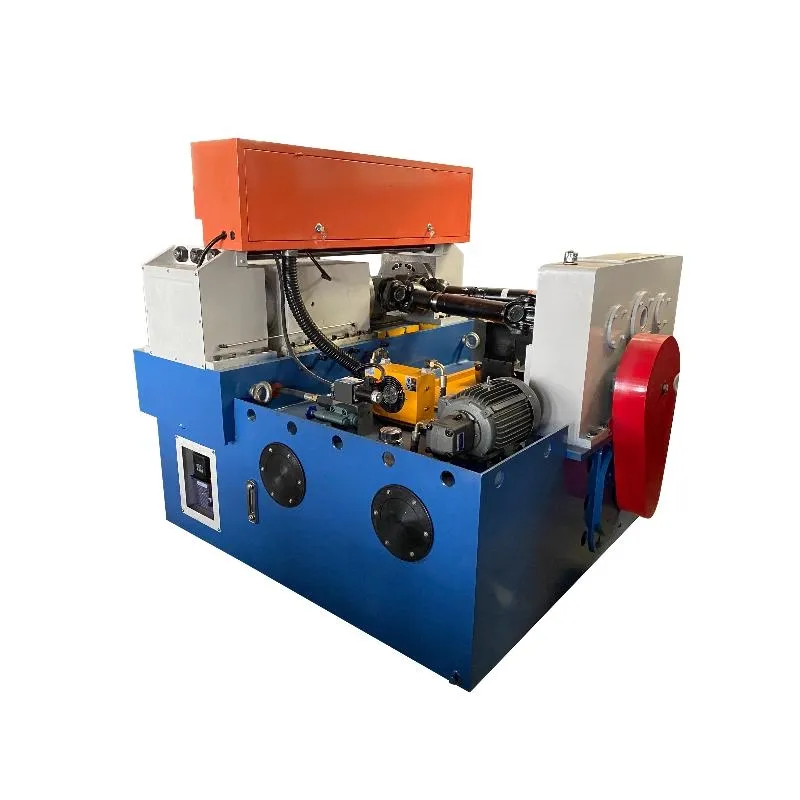
-
 Afrikaans
Afrikaans -
 Albanian
Albanian -
 Amharic
Amharic -
 Arabic
Arabic -
 Armenian
Armenian -
 Azerbaijani
Azerbaijani -
 Basque
Basque -
 Belarusian
Belarusian -
 Bengali
Bengali -
 Bosnian
Bosnian -
 Bulgarian
Bulgarian -
 Catalan
Catalan -
 Cebuano
Cebuano -
 Corsican
Corsican -
 Croatian
Croatian -
 Czech
Czech -
 Danish
Danish -
 Dutch
Dutch -
 English
English -
 Esperanto
Esperanto -
 Estonian
Estonian -
 Finnish
Finnish -
 French
French -
 Frisian
Frisian -
 Galician
Galician -
 Georgian
Georgian -
 German
German -
 Greek
Greek -
 Gujarati
Gujarati -
 Haitian Creole
Haitian Creole -
 hausa
hausa -
 hawaiian
hawaiian -
 Hebrew
Hebrew -
 Hindi
Hindi -
 Miao
Miao -
 Hungarian
Hungarian -
 Icelandic
Icelandic -
 igbo
igbo -
 Indonesian
Indonesian -
 irish
irish -
 Italian
Italian -
 Japanese
Japanese -
 Javanese
Javanese -
 Kannada
Kannada -
 kazakh
kazakh -
 Khmer
Khmer -
 Rwandese
Rwandese -
 Korean
Korean -
 Kurdish
Kurdish -
 Kyrgyz
Kyrgyz -
 Lao
Lao -
 Latin
Latin -
 Latvian
Latvian -
 Lithuanian
Lithuanian -
 Luxembourgish
Luxembourgish -
 Macedonian
Macedonian -
 Malgashi
Malgashi -
 Malay
Malay -
 Malayalam
Malayalam -
 Maltese
Maltese -
 Maori
Maori -
 Marathi
Marathi -
 Mongolian
Mongolian -
 Myanmar
Myanmar -
 Nepali
Nepali -
 Norwegian
Norwegian -
 Norwegian
Norwegian -
 Occitan
Occitan -
 Pashto
Pashto -
 Persian
Persian -
 Polish
Polish -
 Portuguese
Portuguese -
 Punjabi
Punjabi -
 Romanian
Romanian -
 Russian
Russian -
 Samoan
Samoan -
 Scottish Gaelic
Scottish Gaelic -
 Serbian
Serbian -
 Sesotho
Sesotho -
 Shona
Shona -
 Sindhi
Sindhi -
 Sinhala
Sinhala -
 Slovak
Slovak -
 Slovenian
Slovenian -
 Somali
Somali -
 Spanish
Spanish -
 Sundanese
Sundanese -
 Swahili
Swahili -
 Swedish
Swedish -
 Tagalog
Tagalog -
 Tajik
Tajik -
 Tamil
Tamil -
 Tatar
Tatar -
 Telugu
Telugu -
 Thai
Thai -
 Turkish
Turkish -
 Turkmen
Turkmen -
 Ukrainian
Ukrainian -
 Urdu
Urdu -
 Uighur
Uighur -
 Uzbek
Uzbek -
 Vietnamese
Vietnamese -
 Welsh
Welsh -
 Bantu
Bantu -
 Yiddish
Yiddish -
 Yoruba
Yoruba -
 Zulu
Zulu
Exploring Various Superior Types of Thread Rolling Techniques for Enhanced Manufacturing Efficiency
High-Quality Types of Thread Rolling An Overview
Thread rolling is a well-established manufacturing process that is widely used in the production of fasteners, gears, and other high-strength components. This technique involves the deformation of material to form threads, which results in greater material strength compared to traditional cutting methods. In this article, we will explore the different types of high-quality thread rolling processes, their advantages, and applications.
Types of Thread Rolling
There are primarily three types of thread rolling processes flat die rolling, circular die rolling, and planetary rolling.
1. Flat Die Rolling This method uses two flat dies that press against the workpiece, forcing it to take on the desired shape. Flat die rolling is particularly effective for creating parallel or slightly tapered threads. It is widely used for low to medium production runs of screws, bolts, and other fasteners. The major advantages of flat die rolling include ease of setup and the ability to produce threads that meet tight tolerances.
2. Circular Die Rolling In this process, a workpiece is placed between two circular dies that rotate around a central axis. The dies create the thread profile as the workpiece is fed through them. Circular die rolling is adept at producing complex thread designs and is typically used for larger and more intricate components. This method offers high production rates and is capable of rolling multiple threads simultaneously, making it suitable for mass production of threaded parts.
3. Planetary Rolling Planetary thread rolling combines features of both flat and circular die rolling. It involves multiple stationary and rotating dies, allowing for efficient machining of threads at various angles and configurations. This method is particularly useful for producing intricate splines and profiles, giving it a significant edge in industries that require precision-engineered parts.
Advantages of Thread Rolling
The thread rolling process offers several advantages over traditional machining methods
high quality types of thread rolling

- Increased Strength Thread rolling effectively compresses and displaces the material rather than cutting it away, resulting in a stronger thread with improved fatigue resistance. This attribute is particularly beneficial in applications where high levels of stress are expected.
- Improved Surface Finish Threads produced through rolling typically have a smoother surface finish than those created by cutting. This can lead to enhanced performance in applications where friction and wear are concerns.
- Material Savings Thread rolling is a process that significantly reduces waste material. Unlike conventional cutting methods that remove material, rolling maintains the integrity of the workpiece and utilizes a larger percentage of the original material, contributing to cost efficiency.
- High Precision and Tolerance The consistency achieved in thread rolling allows for precise and repeatable production of threads. This is crucial in applications where a perfect fit is necessary for optimal functionality.
Applications of Thread Rolling
Thread rolling is extensively used across various industries. In the automotive sector, fasteners such as screws, bolts, and studs manufactured through thread rolling are integral to vehicle assembly and maintenance. The aerospace industry also employs thread rolling for parts that must withstand extreme conditions and require high-strength characteristics. Additionally, the medical industry utilizes rolled threads in various surgical instruments where reliability and precision are essential.
Conclusion
In conclusion, the high-quality types of thread rolling processes, including flat die, circular die, and planetary rolling, offer significant advantages in terms of strength, surface finish, and material efficiency. These processes cater to diverse applications across many industries, making thread rolling a critical technique in modern manufacturing. As technology advances, we can expect further innovations in thread rolling methodologies, enhancing performance and reliability in threaded components.
